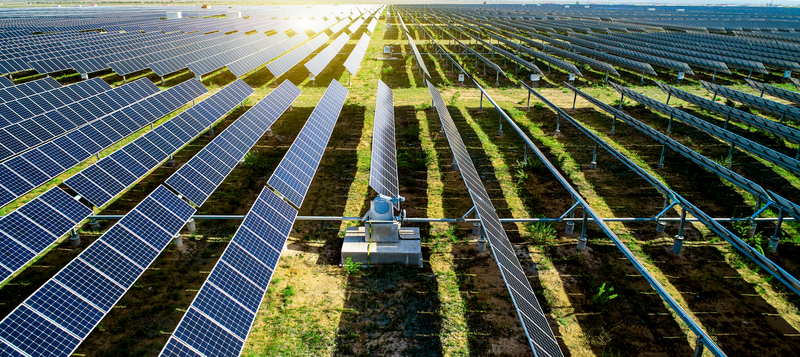Maximum reliability and energy availability are required in energy-intensive industries especially in mining, raw material processing, dairy, and agriculture. To be prepared for grid power outages, industries in Pakistan rely heavily on diesel gensets. Integrating solar with your current energy mix hence offers a reliable, cost-effective and a clean energy power source.
For solar to integrate seamlessly with your industry’s current power mix, there may be two combinations available:
1. Grid and Solar Hybrid with Diesel Genset
Solar energy acts as the main supply during day time backed up by the grid and diesel generators. This helps in peak shaving of the total energy consumed.
An integrated setup like this offers low maintenance costs and energy reliability as now the energy is provided from three different sources. Another feature which can be introduced in this setup is the PV Genset Controller program that helps save on fuel by bridging the gap between a PV power plant and a generator run power plant. The PV Genset controller helps keep the energy consumption from the generator within the recommended threshold.
Furthermore, being connected to the grid allows you to benefit through licensed net- metering by selling the excess solar energy produced back to the grid.

2. Remote Hybrid with Diesel Genset and Battery Backup
This set-up comprises of a PV system, diesel genset and a storage solution. The objective of Remote Hybrid System is to reduce the cost of operation and maintenance and cost of logistic by minimizing diesel consumption. To achieve cost efficiencies, the gensets only run as needed to recharge the battery and to supply excess load. Introducing batteries in this energy mix also helps in efficiency gains.
This system offers 24/7 reliable energy supply to meet the industry energy needs. A remote monitoring tool can be extremely beneficial in this case as it can help industries in monitoring their energy consumption and load so that they can devise a strategy to obtain maximum benefit from their PV system.

Conclusion
Installing PV solutions for your company means moving a step closer towards taking your energy consumption and production into your own hands. However, one of the greatest hurdles that most industrialists face when going solar is how to integrate PV technology with their current power production set-up, be it the grid, diesel, HFO or gas run generators or a combination. It is hence important to remember that it is always essential to integrate solar with another primary energy source so that it can generate optimum power. An expert Solar Energy consultant can devise the best technical and financial strategy for your business based on your energy objectives.















